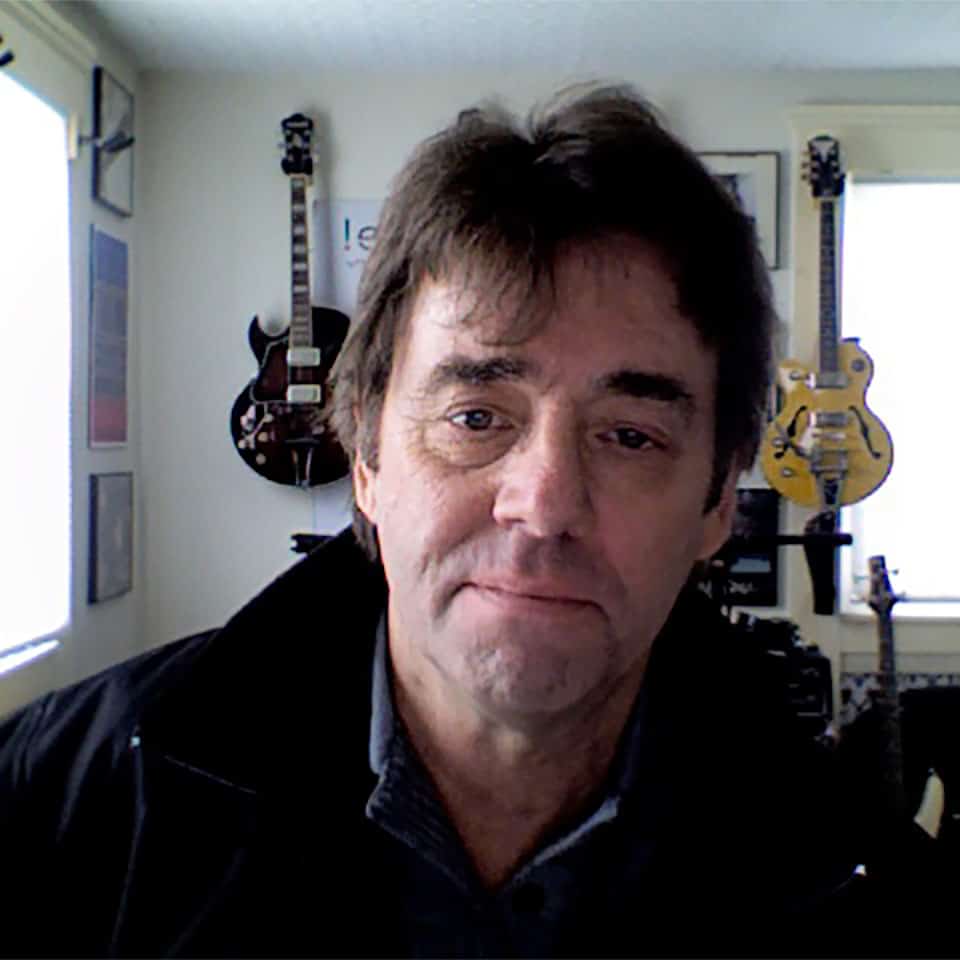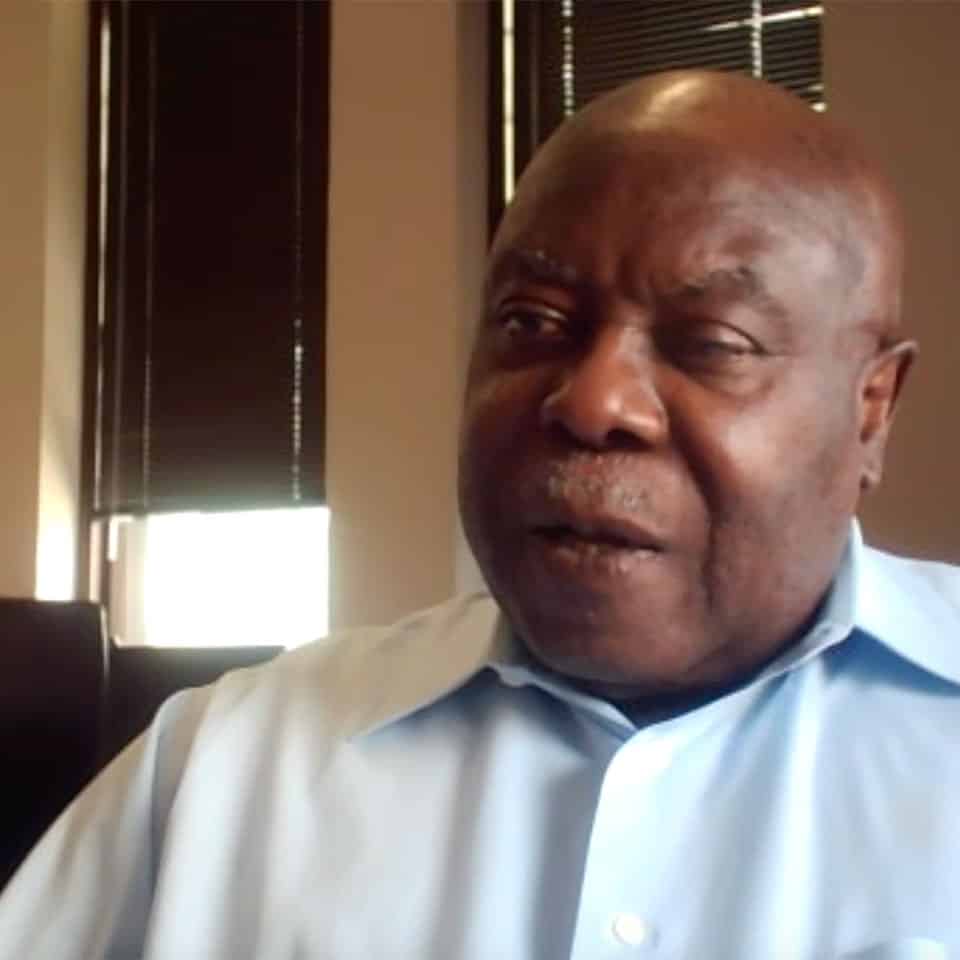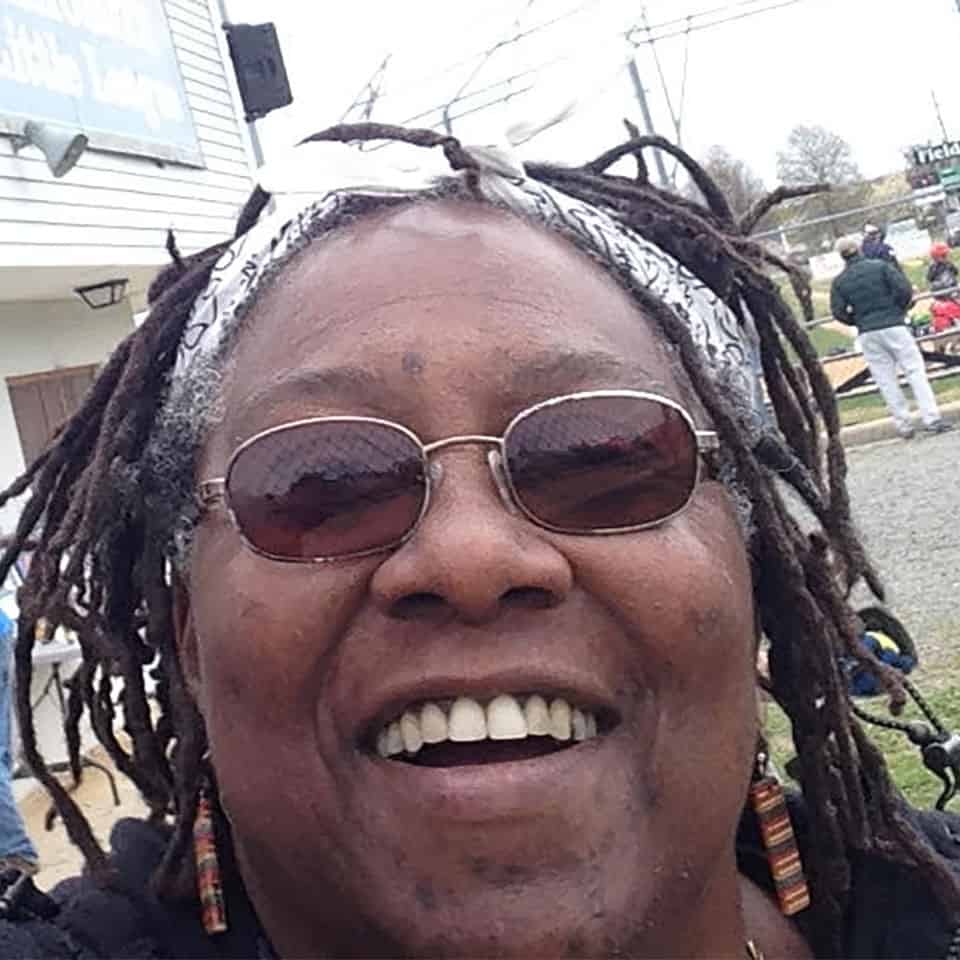Miguel Quezada

Miguel Quezada joined SWAP’s board in 2017 and currently serves as its President. The issue of housing resonates deeply with him. “As a child, my family experienced housing insecurity, and I know firsthand how destabilizing that can be. I also know the profound difference it makes when you finally find a safe, healthy, and stable home — whether you rent or own. It opens doors to opportunity, stability, and hope. That’s what drew me in and keeps me committed.”
He notes that over the years, SWAP has helped change the landscape and create stability. “You can see their fingerprints all over our streets — restoring older homes, constructing new ones, and turning once-blighted areas into thriving, welcoming communities. One of the things I love most about SWAP’s approach is its scatter-site development model. They’re not concentrating poverty in one area or isolating families from the rest of the community. Instead, they’re creating integrated housing that blends seamlessly into existing neighborhoods — truly building community, not just housing.”
Miguel says housing needs of the future include: more funding, a stronger, skilled workforce, empowering legislation, higher-density housing (where appropriate), and taking advantage of reduced bureaucratic barriers.
The good news is that state leaders are finally recognizing the urgency of the housing crisis and its real human impact. That’s creating opportunities for organizations like SWAP.”
Q & A
How did you become interested in working to address the housing crisis and begin working with SWAP?
It really started through community — like most good things do. I first met Nancy Whit and Carla DeStefano at various neighborhood meetings and local events. At the time, I had no idea they were both connected to SWAP — Nancy as a longtime board member and Carla as the Executive Director.
What struck me about both of them was their deep passion and solution-oriented mindset. They weren’t just talking about problems; they were out there, doing something about them. I think they saw that same commitment in me, and before long, I got an invitation to a SWAP board meeting.
And, let’s be honest — if you know either of these women, you know how persuasive they can be!
On a more personal level, the mission resonated deeply with me. As a child, my family experienced housing insecurity, and I know firsthand how destabilizing that can be. I also know the profound difference it makes when you finally find a safe, healthy, and stable home — whether you rent or own. It opens doors to opportunity, stability, and hope. That’s what drew me in and keeps me committed.
What are your thoughts on how SWAP has made a difference in housing and revitalizing neighborhoods over the past 50 years?
I’ll never forget when my family arrived on Providence’s South Side in 1982. Back then, we walked by many boarded-up, abandoned homes — symbols of both decline and potential. Even as a kid, I could see the loss those empty houses represented for families who just needed a chance.
Over the years, SWAP has helped change that landscape. You can see their fingerprints all over our streets — restoring older homes, constructing new ones, and turning once-blighted areas into thriving, welcoming communities.
One of the things I love most about SWAP’s approach is its scatter-site development model. They’re not concentrating poverty in one area or isolating families from the rest of the community. Instead, they’re creating integrated housing that blends seamlessly into existing neighborhoods — truly building community, not just housing.
What SWAP does best is create stability — the foundation every family needs to grow, dream, and build a future. For 50 years, they’ve been right there, hand-in-hand with the community, turning what once seemed impossible into everyday reality.
Community housing development has evolved a lot over the past 50 years, yet we’re still in a housing crisis. What do you see as the role for SWAP and other CDCs in creating solutions for Rhode Island?
The landscape has changed dramatically — and it will continue to evolve. The good news is that state leaders are finally recognizing the urgency of the housing crisis and its real human impact. That’s creating opportunities for organizations like SWAP and other CDCs to play a leading role.
But to meet this moment, CDCs need to be nimble, creative, and collaborative. They will need to adapt quickly to new legislation, embrace higher-density housing where appropriate, and take advantage of reduced bureaucratic barriers.
Still, policy alone won’t solve the crisis. We’ll need more funding, a stronger, skilled workforce, and legislation that truly empowers local development — especially for lower-AMI families, who are slipping further behind each year.
SWAP’s history and track record give it a unique position to lead this next phase — continuing to build affordable rental and ownership opportunities that help Rhode Islanders put down roots and build brighter futures.
You might also enjoy

Peter Bortolotti
25 years ago, Peter Bortolotti moved to Providence, drawn by its community and art scene. He bought a refurbished SWAP house and was soon recruited.

Richardson Ogidan
When Richardson Ogidan arrived in 1972, South Providence was a "war zone." Instead of leaving, he dug in, determined to build a community.

Gayle Rodgers
Since 1975, SWAP has thrived on dedicated supporters. Longest-serving member Nancy Whit recently recruited Gayle Rodgers to continue the mission.

